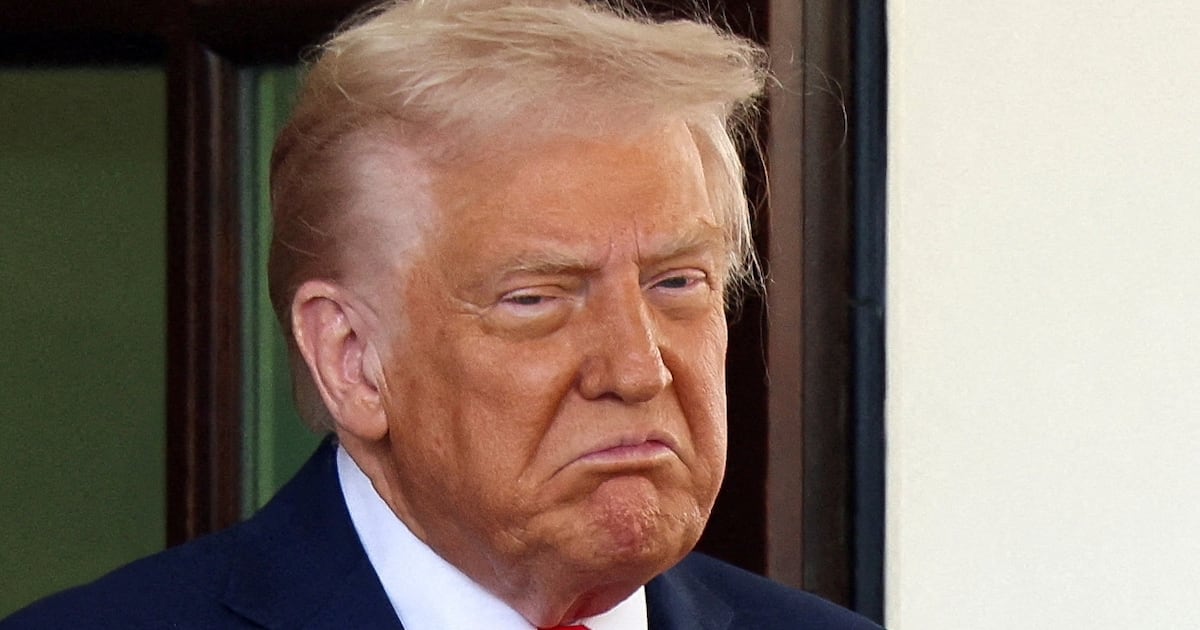Factory Floor Shock: Mass Layoffs Disguised as 'Job Liberation'

President Trump's Promise of Manufacturing Revival Backfires as Tariffs Trigger Mass Layoffs
In a stark contradiction to his campaign pledge of bringing manufacturing jobs back to America, President Donald Trump's aggressive tariff policies are instead causing widespread job losses in the blue-collar sector. The very workers he championed are now facing unprecedented economic uncertainty, with factories shuttering and employment opportunities rapidly disappearing.
Despite Trump's rhetoric about protecting American workers and revitalizing domestic manufacturing, the reality on the ground tells a different story. The tariff-driven trade tensions have created a challenging business environment, forcing many manufacturers to cut costs by reducing their workforce or relocating operations overseas.
The irony is palpable: a strategy intended to strengthen American manufacturing has instead become a catalyst for economic disruption. Blue-collar workers, who were promised a renaissance of industrial jobs, are now confronting the harsh reality of unemployment and economic instability.
As companies struggle to absorb the increased costs imposed by tariffs, workers are bearing the brunt of these misguided economic policies. The dream of a manufacturing comeback has been replaced by a nightmare of job losses and economic uncertainty.
